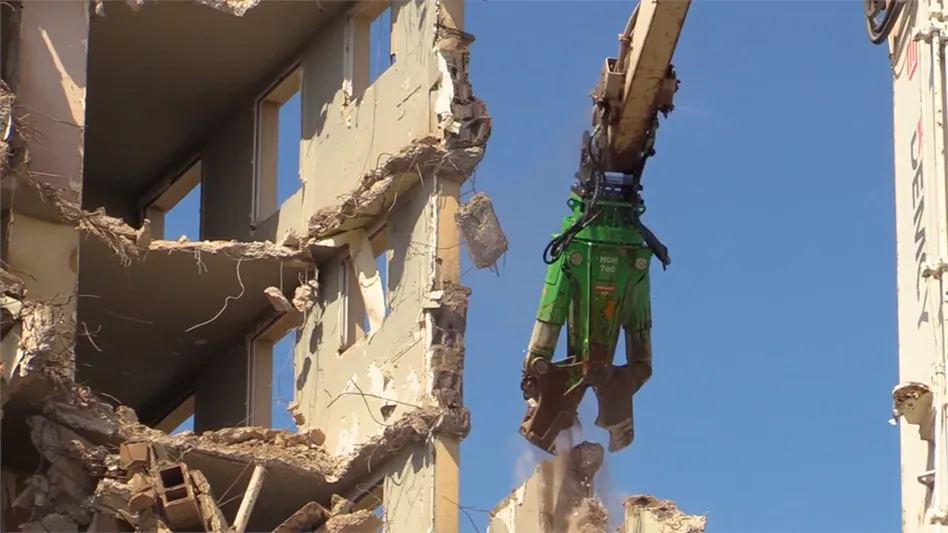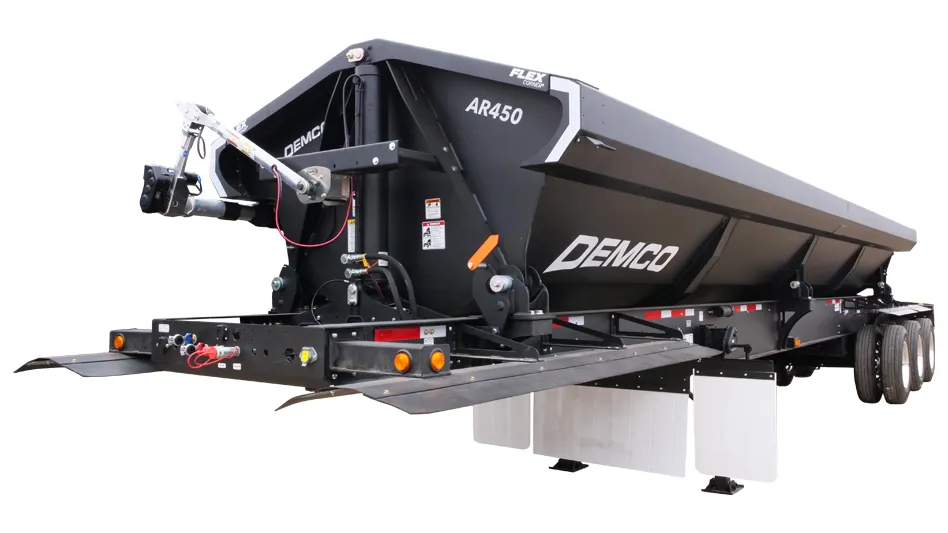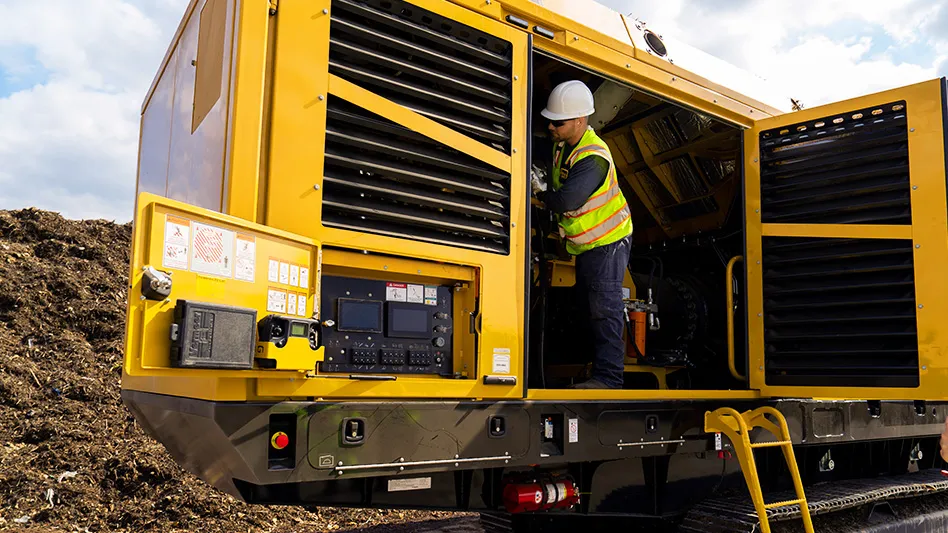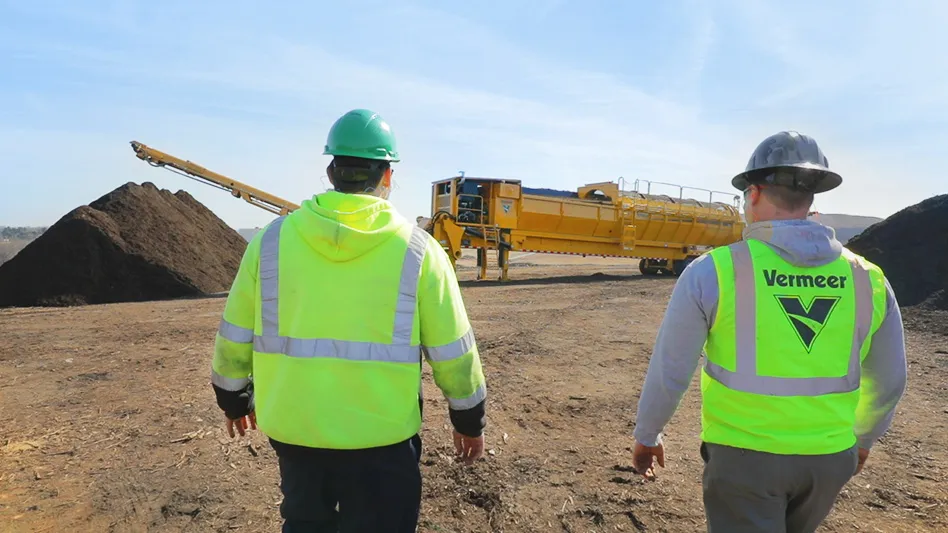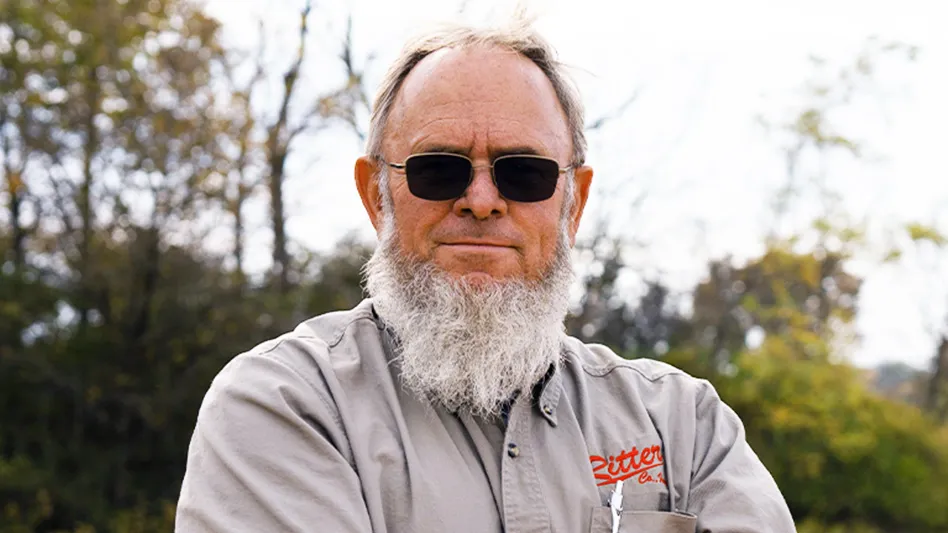
2020 has brought about the greatest uncertainty in the construction and demolition sector since the Great Depression. Fallout from COVID-19-related slowdowns and work-from-home mandates, along with a presidential election, has many questioning what the near future might hold.
Construction & Demolition Recycling (C&DR) talked with Chris Godek, president of the National Demolition Association (NDA) and owner of New England Yankee Construction LLC, about recent shakeups in the demolition space and the opportunities that may be present in 2021 and beyond.
C&DR: How do you assess how demo contractors fared in 2020 and the general state of the industry as we move towards the end of the year?
Chris Godek (CG): The United States Bureau of Labor Statistics points to the construction industry having added 26,000 net jobs in September. During the last five months, the industry has added 689,000 jobs, recovering approximately 64 percent of the jobs lost since the start of the pandemic. Employment in the nonresidential construction employment sector rose by 4,000 net jobs in September, and in the three months since June, residential construction employment has increased nearly 3 percent while nonresidential employment has slipped 0.2 percent.
Demolition contractors, by and large, have been busy and have been working through their backlogs. Some have secured abatement and remediation work related to COVID. However, backlog continues to slip heading into the fourth quarter. According to Association Builders and Contractors, construction backlog is at 7.5 months, which is down 1.5 months compared to this time last year.
On the positive side, according to a recent NDA survey conducted at the end of August, over two-thirds of our members have not laid off or instituted a hiring freeze as a result of the pandemic, and half of the respondents to the survey indicated between a 0 and 10 percent decrease in the their operating budget because of COVID, with a quarter of respondents seeing a 20 percent drop and a quarter seeing a 30 percent drop in revenue.
C&DR: Moving into 2021, where might there be continued challenges for the industry?
CG: As project cancellations mount, so too will job losses on the nonresidential side unless the federal government provides funding for infrastructure and relief for contractors. Also, until businesses are confident enough to invest in new development projects, and state and local governments are able to invest in public works, the commercial construction sector will not be able to fully recover.
State and local government budgets will experience a scarcity of income, sales, hotel and other tax collections. This downturn leaves less money to finance infrastructure projects and makes it less likely that businesses will take full advantage of presently low borrowing costs.
C&DR: Where do you see opportunities and reasons for optimism for the industry in 2021?
CG: We are hopeful for the future and have started a grassroots campaign to encourage Congress to include significant infrastructure investment in the Phase IV stimulus package. We encourage your readers and industry participants to go to our Grassroots Action Center on the NDA website and take action to let Congress know we support Phase IV infrastructure investment.
In term of trends, we are seeing more and more interest in deconstruction. While there have been some local ordinances that have been met with mixed results, owners and architects are beginning to think through the entire life cycle of a structure with disassembly and reuse in mind. If this trend continues, the market will continue to expand into the next decade.
Additionally, contractors are becoming increasingly versed in technology and are using it to perform projects more safely and efficiently. Robust software platforms make project management easier, and many are now accessible via tablets and smartphones. Safety applications are being used on phones and tablets—allowing more efficient tracking of worker safety training. Equipment manufacturers are also developing vibrant software to help manage equipment from remote locations.
In terms of opportunities, power plant decommissioning work is still moving forward across the country. In recent news, we have seen plans moving forward with decommissioning of Vistra Energy in Ohio, which is just one example of work that might be on the horizon.
C&DR: How is the NDA working to connect with its members amid the pandemic?
CG: Due to the pandemic, NDA will be hosting our upcoming Foundations of Demolition courses virtually. We see this as an excellent opportunity for more people to participate in our educational offerings. The first course, taking place Nov. 19-20 is focused on risk management. Our second course focused on estimating, is taking place Dec. 3-4. Interested parties can learn about these course and sign up on NDA’s website.
Additionally, we recently published a new podcast in our Demolition Now podcast series featuring Dr. Devin Bennett. Dr. Bennett discussed ways in which companies can improve their safety results, as well as their loss prevention performance. The full interview is available on our website.
I look forward to a return to normalcy in the near future. As we continue our push forward, NDA will look for more opportunities to help our membership become even better contractors than they already are.
Latest from Construction & Demolition Recycling
- Brokk opens new Canadian distribution center
- EPA announces $3B to replace lead service lines
- NWRA honors award recipients during annual breakfast at WasteExpo
- Safe Fleet, ITA Dynamics unveil integrated financial, route management system
- Bateman unveils 210 series orange peel grapple
- Republic reports first quarter growth
- Meridian Waste completes second acquisition of 2024
- NEPA revisions could delay critical infrastructure, ABC says

